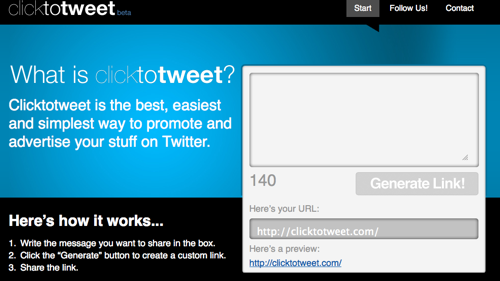Why Social Media Is A Tough Sell to the Church
 Listen to the Church’s official press releases:
Listen to the Church’s official press releases:
It’s all about innovation. It’s all about transforming. It’s all about reaching people.
Examine the Church’s actions:
It’s all about keeping a tight rein on the way things have been for years and years.
The Church is sluggish in adopting the evangelism tools of our era. Its failure in this regard lies in its need to control. It enjoys hierarchy. They’ve worked hard at it for so long! Therefore, people will take part in dialogue upon invitation and with appropriate monitoring only.
It’s a risk for the people in the Church to insist upon a voice. Those that make it to the Regional and National Assemblies are pretty well vetted by tradition.
The pope tweets. It’s a newsworthy event.
The pope does not follow. Now, if he did, that would be news!
The few churches adopting social media tend to be independent “non-denominational” churches. Is it a surprise that independent non-denominational churches reach young people while the mainline church has dismal statistics with the under-50 population.
Mainline churches start Facebook pages, but don’t really use them. Pastors start blogging and quit after six posts. They use LinkedIn but keep their profiles private. They don’t really want to connect. They want people to come to them. Sunday morning works . . . or call the office for an appointment.
In order to grow, the Church has to let go.
Twitter has great potential for connecting. It doesn’t have to be time-consuming—although it can become an interesting place to spend some time! The connections possible in a few months of working in this medium could be AMAZING.
The results are predictable only in that they will change the Church’s outlook. They would start to connect with the people they dream of reaching.
Here’s a fascinating experiment. A country opened a Twitter account totally run by its people.
Please watch it and think how this might transform the church.
What would happen if your congregation opened a Twitter account and your members took turns running it? (Click to Tweet!)
Ask your evangelism committee to consider it!
Make sure you get your pastor’s approval first. 



